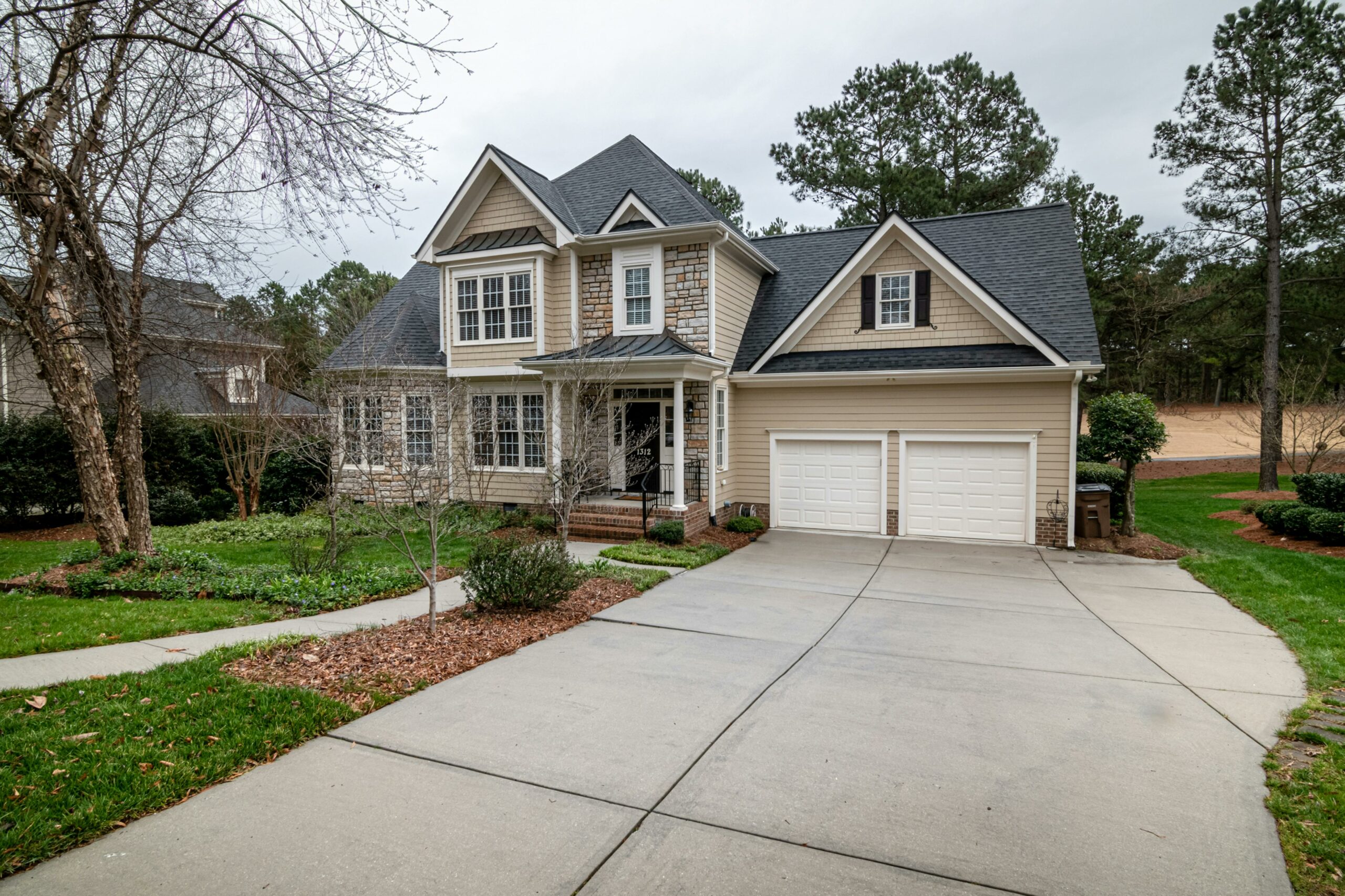Renovating your home is an exciting yet daunting endeavor. Whether you want to enhance your living space, increase property value, or simply update the aesthetics, choosing the right renovation approach is crucial.
With numerous options available, making informed decisions that align with your goals, budget, and lifestyle is essential. This comprehensive guide will explore choosing the right renovation approach for your home.

DIY vs. Professional Renovation
Consider your level of expertise and experience in renovation projects. While DIY projects can save money, they are best suited for individuals with the necessary skills and knowledge. Evaluate the time you can dedicate to the renovation.
DIY projects often require more time and effort than hiring professionals. If you opt for DIY projects, start with smaller, manageable tasks. Be prepared to learn new skills and seek guidance when necessary.
For complex or large-scale renovations, hiring professionals is often the best choice. They have the expertise, equipment, and resources to complete the project efficiently and to code. If your roof needs repairs or replacement, or if you’re planning significant structural changes to your home, like adding a floor or expanding the footprint, it’s highly advisable to engage professional contractors and architects.
Regarding the former, look for a recommended roofing company specializing in your roofing material (e.g., asphalt, metal, or tile).
Check their certifications and ask for references from previous clients, ensuring they have a track record of quality work.
Assess Your Goals and Priorities
Before diving into any renovation project, clearly defining your objectives is crucial. Are you renovating to increase your home’s resale value, improve functionality, accommodate a growing family, or enhance its aesthetics?
Understanding your primary goals will guide your renovation decisions. Once you’ve identified your goals, establish priorities. What aspects of your home require immediate attention, and what can be addressed later? Prioritization helps you allocate your budget wisely.
Think about your long-term plans. Are you planning to stay in the home for many years, or is this a short-term investment? Your long-term vision will influence the renovation choices you make.
Budget Planning
Creating a realistic budget is the cornerstone of any successful renovation. Consider all potential costs, including materials, labor, permits, and unforeseen expenses.
Consult a financial advisor or contractor to determine a feasible budget. In addition to your primary budget, set aside a contingency fund for unexpected costs. It’s recommended to allocate at least 10% of your budget to cover unforeseen expenses during the renovation process.
Explore financing options such as personal loans, home equity lines of credit, or renovation-specific loans. Go for the option that aligns with your financial situation and renovation goals.
Renovation Approaches
- Whole-House Renovation: A whole-house renovation involves updating and upgrading various aspects of your entire home. It’s a comprehensive approach that can significantly transform your living space but tends to be more time-consuming and expensive.
- Room-Specific Renovation: If you have specific areas of your home that require attention, such as the kitchen, bathroom, or basement, a room-specific renovation may be suitable. It allows you to focus your efforts and budget on particular spaces.
- Cosmetic Renovation: Cosmetic renovations are focused on surface-level changes, such as painting, flooring, and fixtures. These updates can provide a fresh look without significant structural alterations.
- Structural Renovation: Structural renovations involve altering the layout or structural components of your home, such as removing walls, adding rooms, or changing the foundation. They are more extensive and require careful planning.
- Green Renovation: Green or sustainable renovations prioritize eco-friendly materials and energy-efficient systems. These renovations can improve energy efficiency, reduce environmental impact, and lower utility bills.
Home Style and Architecture
When renovating, consider the architectural style of your home. Respect the original design while incorporating modern updates.
A harmonious blend of old and new can enhance the home’s appeal. Decide whether your renovation will modernize the property or preserve its historical charm.
This choice will influence design decisions, material selection, and overall project direction.
Energy Efficiency and Sustainability
Opt for sustainable building materials that are eco-friendly and energy-efficient. These materials contribute to a healthier environment and may qualify you for tax incentives or rebates. Consider upgrading to energy-efficient HVAC systems, appliances, and lighting.
Energy savings can offset renovation costs over time. Explore renewable energy options such as solar panels and green technologies to reduce your carbon footprint and energy expenses.
Choosing the right renovation approach for your home involves careful planning, budgeting, and consideration of various factors. Assess your goals, prioritize your needs, and determine the scope of your renovation project.
Whether you opt for DIY projects, enlist professionals, or focus on sustainability, a well-executed renovation can significantly enhance your living space and increase the value of your home.
Following these steps and making informed decisions, you can embark on a successful home renovation journey tailored to your preferences and lifestyle.






